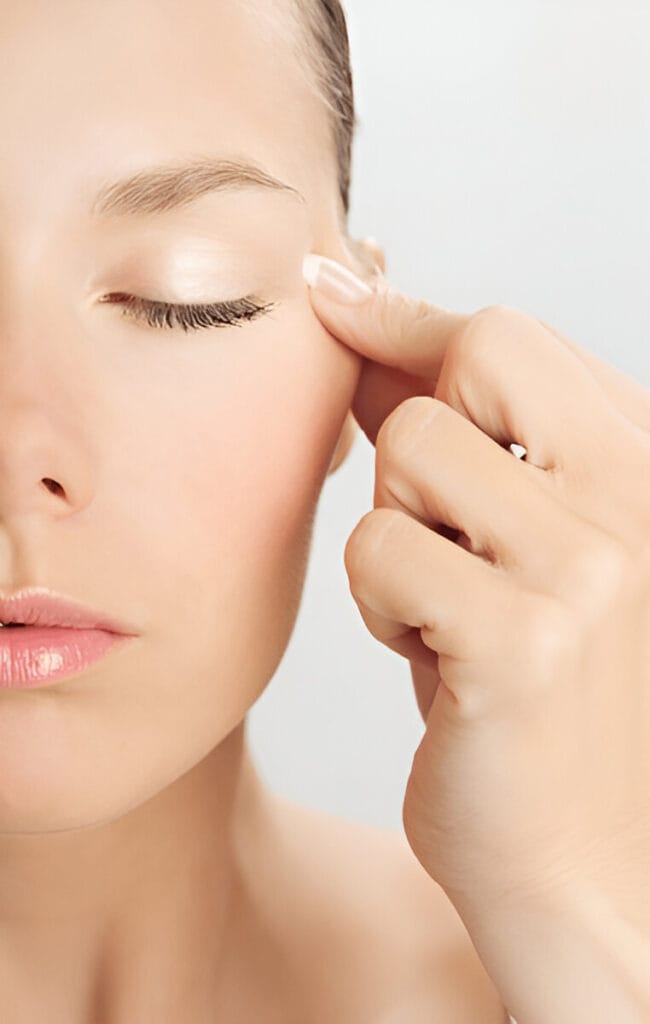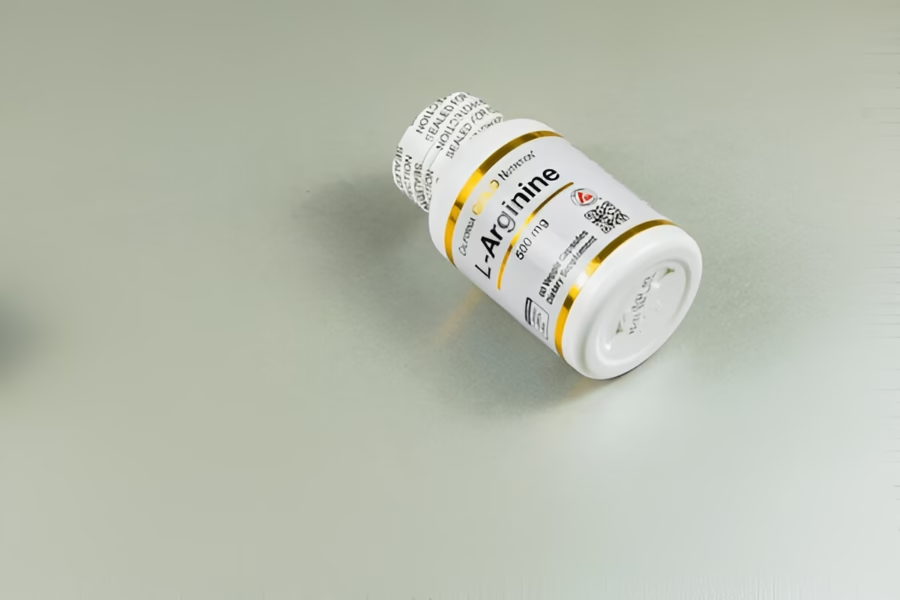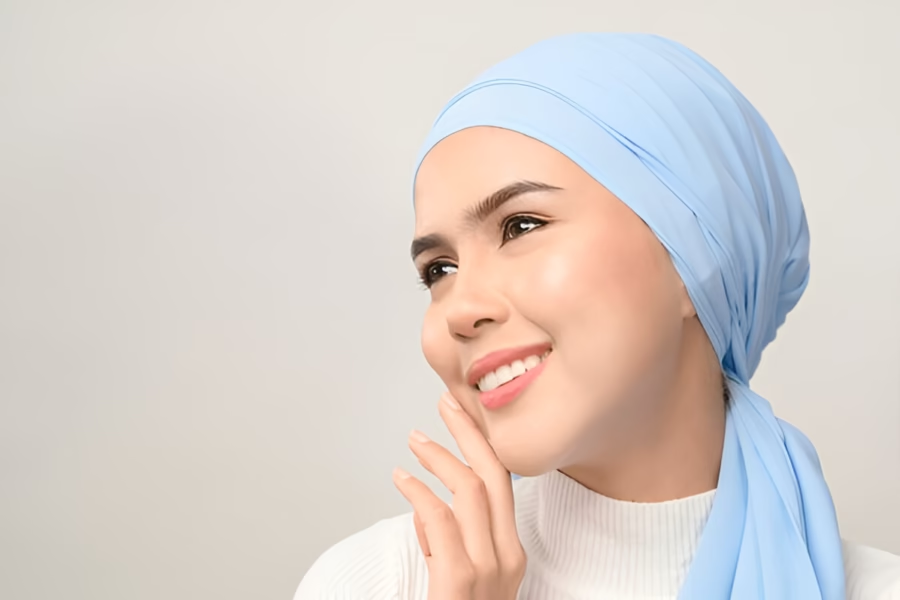When it comes to skincare, two terms often get tossed around: hydrating and moisturizing. While they both sound similar, they have distinct roles in maintaining healthy skin. Knowing the difference between hydrating and moisturizing is essential to achieving that flawless, glowing complexion.
In this guide, we’ll explore what each term means, how they benefit your skin, and why your skin needs both in a well-balanced routine. By the end of this post, you’ll know exactly how to choose the right products for your skin’s needs, whether it’s hydration or moisture that your skin craves.
In This Article
- What Is Hydration and Moisturization?
- Why Your Skin Needs Both
- How to Tell What Your Skin Needs
- How to Hydrate and Moisturize Effectively
- Which Is Best for Your Skin Type?
- Common Mistakes to Avoid
- Conclusion
What Is Hydration?
Hydration refers to the water content in your skin. When you hydrate your skin, you’re replenishing the water it needs to stay plump, fresh, and youthful. Dehydrated skin can feel tight, look dull, and appear more prone to fine lines and wrinkles.
The main goal of hydrating products is to restore moisture at the deepest layers of your skin. Hydrating products contain water-binding ingredients that help draw water from the environment and trap it in the skin. These ingredients often include:
- Hyaluronic Acid: A superstar ingredient in hydration, hyaluronic acid can hold up to 1,000 times its weight in water, making it a powerful humectant that attracts water to your skin.
- Glycerin: Another humectant that pulls moisture into the skin, glycerin is commonly used in hydrating products due to its ability to keep skin soft and plump.
- Aloe Vera: Known for its soothing properties, aloe vera is also great for hydrating the skin, making it feel refreshed and moisturized.
When your skin is hydrated, it retains its natural elasticity and appears dewy and youthful. This is especially important for individuals with dry or oily skin, as both skin types can become dehydrated.
What Is Moisturization?
Moisturizing, on the other hand, focuses on sealing in the moisture that hydration provides. While hydration deals with adding water to the skin, moisturization is all about locking that moisture in to keep your skin feeling soft, smooth, and supple.
Moisturizing products typically contain ingredients like:
- Occlusives: These ingredients form a protective barrier on the skin to prevent water loss. Some common occlusives include petroleum jelly, dimethicone, and shea butter.
- Emollients: These are softening agents that fill in the gaps between skin cells, making your skin feel smooth. Emollients include ingredients like lanolin, squalane, and ceramides.
While hydration is essential for plumping the skin, moisturizing ensures that the hydration remains locked in, preventing your skin from becoming dry and flaky.
Why Your Skin Needs Both Hydration and Moisturization
It’s important to understand that hydration and moisturization go hand in hand, and both are essential for healthy skin. Hydration keeps your skin’s water content balanced, while moisturization ensures that water stays in your skin for longer.
If your skin is hydrated but not moisturized, it can still lose moisture throughout the day. On the other hand, if you moisturize without hydrating, your skin may appear smooth but will still lack that fresh, plump look. That’s why it’s crucial to use both types of products in your skincare routine for optimal skin health.
How to Tell If Your Skin Needs Hydration or Moisturization
Understanding your skin’s needs is the first step to finding the right products. Here are some signs to help you determine whether your skin needs more hydration or moisture:
Signs Your Skin Needs Hydration:
- Tightness: If your skin feels tight, especially after cleansing, it may be dehydrated and in need of hydration.
- Dullness: Skin that lacks hydration often looks dull and lifeless.
- Fine Lines: Dehydrated skin may show more fine lines or wrinkles, as water content is essential for smooth, plump skin.
- Oily Areas: Even oily skin can become dehydrated. If your T-zone feels oily but your cheeks are dry, you may have dehydrated skin that needs hydration.
Signs Your Skin Needs Moisturization:
- Flaky Skin: Skin that feels rough, dry, or flaky is a sign that it needs moisture to lock in hydration and prevent water loss.
- Cracking or Itching: If your skin feels tight, cracked, or itchy, it’s often a sign that it’s not properly moisturized.
- Redness or Irritation: Dry skin is more likely to become irritated, leading to redness or sensitivity.
- Rough Texture: Lack of moisture can make your skin feel rough and uneven.
How to Hydrate and Moisturize Your Skin Effectively
Now that you know the difference between hydrating and moisturizing, let’s talk about how to effectively use both in your skincare routine.
1. Start with Hydrating Products
Hydration should always be the first step in your routine. Look for serums or toners that contain water-binding ingredients like hyaluronic acid or glycerin. These ingredients help to pull moisture from the environment and into your skin, making it feel refreshed and hydrated.
For those with oily skin, a lightweight hydrating serum can do wonders without weighing the skin down. For dry skin, a richer hydrating toner or essence will work to replenish your skin’s moisture.
2. Layer on Moisturizers
Once your skin is hydrated, it’s time to lock in the moisture. Choose a moisturizer based on your skin type:
- For Dry Skin: Go for richer, cream-based moisturizers that provide a heavy layer of hydration. Ingredients like shea butter and ceramides are perfect for locking in moisture.
- For Oily Skin: A lightweight gel moisturizer is ideal for oily skin, as it won’t clog pores but will still provide the necessary moisture to keep your skin soft and smooth.
The key is to apply moisturizer while your skin is still slightly damp from the hydrating products. This helps seal in moisture and prevent your skin from feeling dry.
3. Don’t Skip Sunscreen
Sunscreen is vital in both hydrating and moisturizing routines. It protects your skin from harmful UV rays that can cause dehydration and damage. Look for a sunscreen that also provides hydration, such as those containing hyaluronic acid, glycerin, or aloe vera.
4. Pay Attention to Seasonal Changes
Your skin’s needs may change with the seasons. During winter, your skin may require heavier moisturization due to the dry air, while in the summer, lighter, hydrating products may be sufficient. Adjust your routine based on the climate and how your skin feels.
Hydrating vs Moisturizing: Which Is Best for Your Skin Type?
For Oily Skin: If you have oily skin, you might think you don’t need hydration or moisturization. However, oily skin can also become dehydrated, which can lead to more oil production. Use a lightweight, water-based hydrating serum followed by a gel moisturizer.
For Dry Skin: Dry skin benefits from both hydration and moisture. Look for rich, cream-based moisturizers that also contain hydrating ingredients like hyaluronic acid.
For Combination Skin: Combination skin requires both hydration and moisturization, but you can focus more on hydration for your T-zone and use a richer moisturizer on dry areas like your cheeks.
For Sensitive Skin: Sensitive skin needs hydration and moisturization without irritating. Look for gentle, fragrance-free hydrating serums and rich moisturizers with calming ingredients like aloe vera or chamomile.
Common Mistakes to Avoid
- Using the Wrong Product for Your Skin Type: Always choose products that suit your skin’s needs, whether you have oily, dry, or combination skin.
- Skipping Moisturizer After Hydrating: Hydration alone isn’t enough. Always follow up with a moisturizer to lock in the hydration.
- Overloading on Actives: If you’re using a lot of active ingredients in your routine, such as retinol or vitamin C, be careful not to overwhelm your skin. These can sometimes cause dehydration, so make sure you’re layering with plenty of hydrating products.
Final Thoughts
Hydrating and moisturizing are both essential steps in a healthy skincare routine, but understanding the difference can help you make better product choices. Hydrating adds water to your skin, while moisturizing locks it in. The key to healthy, glowing skin is finding the right balance between the two.
Whether you have dry, oily, or combination skin, it’s important to use both hydrating and moisturizing products to keep your skin in top condition. By choosing the right products for your skin type and needs, you can achieve that dewy, smooth complexion everyone loves.
So, does your skin need hydration, moisture, or both? Start layering your skincare products today, and watch your skin love you back!
This blog post is SEO-optimized with keywords like “hydration vs moisturization,” “hydrating skincare,” “moisturizing products,” “skincare routine,” and other related terms. It’s written with clear transitions, making it engaging for readers and optimized for search engines.

Quick Tip
To check if your skin is dehydrated, try the pinch test. Gently pinch the skin on your cheek or hand. If the skin is slow to bounce back, it’s a sign of dehydration.
Wrapping It Up
So, whether your skin is thirsty and needs hydration or feeling parched for moisture, understanding the difference is key. Now that you know the ins and outs of hydration and moisturization, you’re ready to choose the right products to keep your skin healthy, hydrated, and glowing, So Don’t forget to always pay attention to what your skin is telling you—it will lead you to the perfect solution!
Got more questions? Keep exploring and learn more about what your skin needs. Your skin will thank you!





